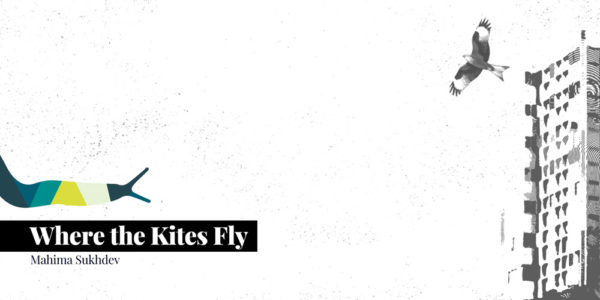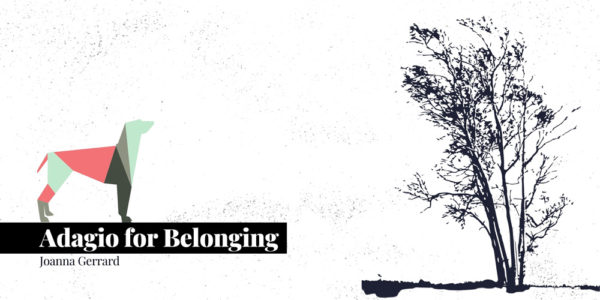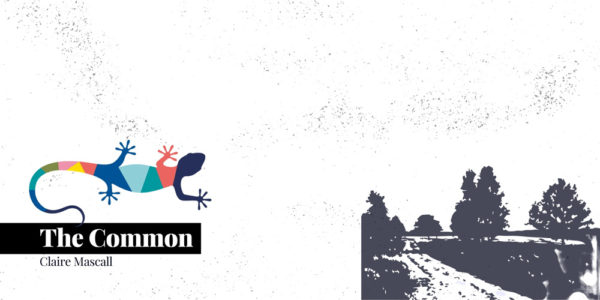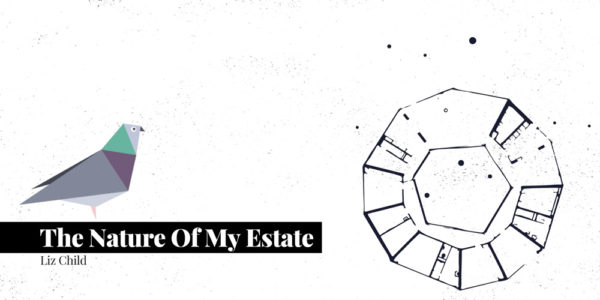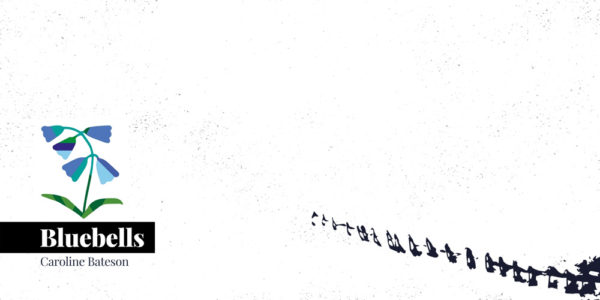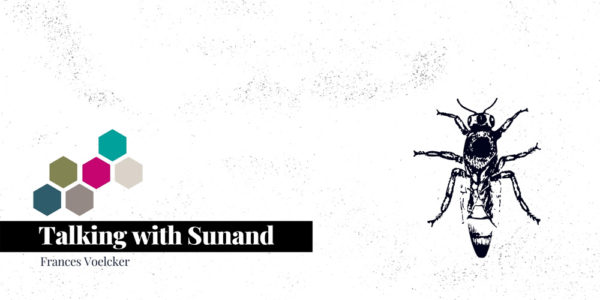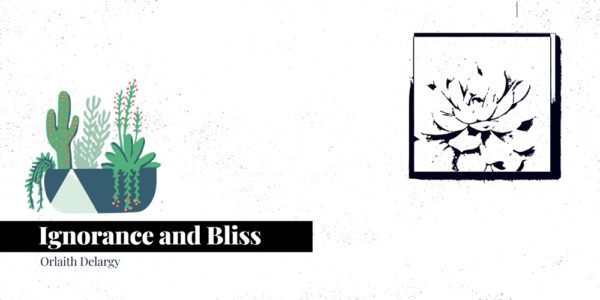
A battalion of orange and white traffic cones meets me as I drive along the narrow roads leading to Donna Nook Nature Reserve on the Lincolnshire coast. Placed there to prevent parking on the roadside verges, it’s the sort of welcome you would expect at a popular music festival or a major sporting event rather than a stretch of windswept fenland in mid-November. The long line of dark green ‘portaloos’ and army of high-vis-wearing security personnel are too. It’s a hint of what lies ahead.
Like hundreds of other people on this calm, overcast day, I’ve come here to witness a remarkable natural spectacle—the thousands of grey seals that gather here during autumn and early winter to give birth and mate. For most visitors, the chance to see dark-eyed, white-coated seal pups is the big draw. On Saturdays and Sundays at the height of the breeding season, 7,000 people will wander along this shoreline to see the seals. By the end of its six-or-eight-week period, 70,000 or so people will have made the trip.
A similar scene plays out at the other accessible seal breeding locations up and down the British coast from early September to late December. It’s an exciting time for the wildlife and conservation teams managing these sites, but also a demanding one. They have a challenging task: protecting thousands of vulnerable seals from an even larger number of onlookers—and vice versa. It also presents an opportunity to turn our fascination with these inquisitive creatures into a force for good.
.
You hear the grey seals before you see them. From a distance, their calls sound almost mournful. A soft, haunting moan that rolls up from the beach and over the gently sloping sand dunes. As you get closer, it’s the ‘maa’ bleats of the pups that captivates. Through a gap in the sea-buckthorn, a sandy path winds down to the beach’s edge. It’s here that I get my first glimpse of seal breeding in full swing.
“It’s amazing!” observes the woman in a navy blue Berghaus jacket standing next to me. In front of us, on the other side of a protective wooden and metal double-fence are scattered the cigar-shaped bodies of hundreds of grey seals. Most lie prone on muddy banks, stretches of flattened saltmarsh grass or camel-coloured wet sand. There are large, fractious bulls desperate to mate. Tobacco-brown cows dozing within calling distance of their calves. A mix of wails, barks and bellows fill the air. It’s not what could be described as singing, but there is a choral quality: once one starts, others join in.
I tell the woman that I hadn’t expected them to be this close. A young seal calf, no more than a day or so old, is resting against the fence less than a metre away. Covered in a silky coat of white down, there is a smattering of silver-grey around its muzzle and in between the folds of its furred hind-flippers. It gazes at me through immense, round eyes. I’m entranced.
“What a wonderful sight!” I overhear an onlooker remark. “A little miracle shining light into the world.” We chat, and she explains that she’s been coming to Donna Nook for over 10 years: on a spiritual quest of sorts. We agree how rare it is to witness such moments in a wild animal’s life. A man comments that coming here fills him awe. He’s not alone. All along the 600-metre long fence, people have gathered. Most stand respectfully, transfixed by the unfolding scene. A group of clipboard-wielding primary school children point in excitement and argue about the answers to a quiz. Mothers grab tiny toddler hands to stop them reaching out through the fence. Then the sharp, shrill ring of someone’s mobile phone breaks the spell. Passers-by turn their heads, tut and glare.
.
The sheer numbers of both seals and humans visiting Donna Nook at this time of year means that Lincolnshire Wildlife Trust has had to put in place a robust management plan. This includes recruiting a group of volunteer seal wardens. Easily recognisable from their red jacket and neon-yellow vest with ‘seal warden’ emblazoned across the back, their job is twofold: to patrol the site and educate visitors.
Adrian is one such warden. As a former policeman he has had plenty of crowd control experience. He tells me that if I came back tomorrow, there would be thousands rather than hundreds of people here. These are the sorts of numbers that he was used to seeing at local league football matches or busy shopping centres, not huddled along an exposed stretch of mudflats. A big part of Adrian’s role is reminding people to follow the site’s visitor code that reinforces the need to keep your distance, avoid making loud noise and that it’s inappropriate—as well as dangerous—to touch or feed the seals. “Thankfully, the visitors we get here are well behaved,” he assures me. “They seem rather astounded by it all.”
One of Adrian’s colleagues, Andy, is a former deep-sea fisherman who has been on ‘seal watch’ for over 40 years. He sees it as a way of giving something back to the sea. We chat about how disconnected many people have become from the natural world and how limited visitor understanding of seals is despite them being of so much fascination. Some see coming here as a free day trip or just somewhere to stretch their legs before heading off for a warm pub lunch. A few even have to be reminded that these are wild animals, not here to put on a show’.
Continuing to watch the seals, I realise how much more we need to do to help people understand that with access rights come responsibilities. The stream of visitors is constant. While many get great pleasure from being here, there are traces of voyeurism; hints of exploitation too. When I ask reserve manager, Matthew Bisset, about the impact of this number of visitors, it’s obvious that he shares my sense of unease. It’s why the Trust is making a determined effort to engender a healthy respect for both the wildlife here and its human neighbours.
The seals look remarkably docile from behind the safety of the fence. If, however, I was to find myself on the other side, this would quickly change. Even minor disturbances can have dire consequences. Grey seal mothers and their calves have a short relationship at the best of times: seal pups only have between 16 to 18 days of their mother’s milk before being weaned. Any disruption to that process puts the calf’s life at risk. If a human or dog enters their territory, cows may stand their ground and fight back or be chased away. When the former happens dogs or their owners can get hurt. If the latter, pups can be abandoned and starve to death.
There are other quandaries too. Parking and crowd control both impact on the residents of nearby villages—it’s one of the reasons why so many traffic cones are deployed along the roadsides. For a fee, a local farmer allows people to park in his fields just behind the dunes to help improve the situation. The Trust also has a policy of not promoting Donna Nook. They turn down TV production team requests and ask for any photographs of the seals not to be attributed to the reserve. Images and content on social media spread like wildfire. Just one image of an “adorable” seal pup can dramatically boost visitor numbers. For some, it seems visiting the seals is like other aspects of life; driven by the fear of missing out.
.
At Horsey Gap on the East Anglian coast, the challenges are similar. When I visit in late December, visitor numbers are overwhelming. It’s the festive season and there are lots of people keen to burn off the excess calories they’ve consumed by enjoying a bracing family walk. A long snake of people is heading along the track towards Horsey Warren dunes. At one of several dedicated viewing platforms, a large crowd is forming. From a distance, it looks like a barricade. Up close, it becomes obvious that it’s a human wall. People of all ages and sizes are squashed together looking out over the beach at the last of this season’s seal pups.
Another small army of 250 volunteer seal wardens, this time members of the Friends of Horsey Seals, patrols here. Their task is more onerous than for the Donna Nook team because the coastline here is far longer—the wide expanse of flat beach between Waxham and Wiverton-on-Sea runs for six miles at least—and more accessible. The popular Norfolk Coastal Trail also follows the base of the tall dunes. While it’s possible to rope off sections during breeding season, this isn’t as effective as a fence because humans, dogs and seals are adept at ducking beneath blue and white rope.
Recently, the team have had to deal with new type of problem: rescuing ‘frisbee seals’. The coloured, hoop-like toys are left on the beach during the summer months. When one floats out to sea, it can get caught around the base of a young seal’s neck. As the animal grows, the disc gets stuck. If it’s not removed then it can cut into its flesh, the situation worsening the bigger it gets and eventually causing feeding problems. It’s a horrible predicament. A reminder too of the serious consequences of our lifestyles on other species.
Another problem is the growing visitor obsession with taking selfies. When wardens first began patrolling here 13 years ago, selfies didn’t exist. It seems people will do daft things, even put themselves in danger of a toxic seal bite, to capture the coveted Instagram image they seek. It begs the question of who is easier to manage: seals, or people? Watching a young woman lean over a newly weaned seal pup intent on getting the perfect shot, the answer becomes clear. Recently moulted, the pup is the definition of cute with a new sleek, mottled blue and grey coat. The woman is sat no more than a metre away from it, much less than the double-decker bus length that people are advised to stay. It’s only when a warden intervenes—reminds onlookers that these are wild animals with a nasty, infectious bite—that the crowd disperses and the seal slips away.
At Donna Nook they’ve also had problems with photographers—with as many as 200 of them walking out onto the mudflats—and have had to take determined action to address it. Here, it’s not the odd selfie that’s the issue: it’s those motivated by the fee they might get for a particularly striking shot. Dressed in neoprene wetsuits beneath camouflage jackets and wearing elbow and knee pads, these photographers are easy to spot, their apparel apparently making it easier to ‘sneak up on a seal’. I find it hard to comprehend why one photo, however brilliant it may be, could ever be worth the death of a seal pup.
Matthew explains that he and his team have gone to great lengths to stop them: including mounting ‘dawn patrols’ to intercept and remind them of the threat their actions represent. He shares this with tears welling in eyes revealing just how much energy and perseverance are sometimes needed to keep grey seal colonies like this safe. After several years of working with photography trade associations and groups to raise awareness and understanding of the impact such activity can have, the team’s hard work has paid off. Peer pressure also played a powerful role: photographers’ egos took a beating when other visitors loudly booed them for putting the seal pups at risk. As a result, few, if any, now dare to venture out onto the outer shore, and the seal colony has benefited: pup mortality rates have dropped from a high of 35 percent in 2008 to just above 10 percent now. While it’s still higher than the four to five percent of those giving birth closer in, it’s a much more natural rate. Only half of seal pups make it through their first winter, so each one that survives its first weeks helps increase their numbers.
.
I’d gone to visit both Donna Nook and Horsey to learn more about grey seals. Instead it taught me more about humans and our attitudes to the natural world than it did about these remarkable creatures themselves. It was heartening to see so many people, of all ages and walks of life, taking an interest in seals. Similarly, the way hundreds of others volunteer their spare time to protect them, even in the very worst of weathers, is inspiring. It shows how acknowledging the bonds between ourselves and other species can stir our emotions and awaken protective instincts. It can even encourage those less engaged to act too—from reducing their use of plastic to becoming members of local wildlife groups.
In other parts of the country, through projects like the Cornwall Seal Group Research Trust and Zoological Society of London’s citizen science surveys of seals, more people are getting involved in understanding and protecting both common and grey seals. Campaigns highlighting their plight and need for continued protection help. Rising concerns about plastic pollution– and the damage it can do to wildlife—plays a role too.
One factor in the seals’ favour will always be their human-yet-not-quite-human qualities. In many ways their lives are a mirror of our own. We stare into their eyes and we see or sense something shared. This has enabled us to tell compelling and sometimes tragic stories of their plight and connect with them. It was a rush of compassion such as this that ushered in a new era of protection in 1914. Grey seal numbers were then in such peril that they became the first mammal in the world to be protected by law.
For now, grey seals are doing well all around the British coast. Over 2,000 pups were born at both Donna Nook and Horsey Gap during the 2019 season—thousands more at other locations too. The current UK population is estimated to be 130,000-150,000 or more, showing just what can be achieved when we assert the rights of other species to not just survive but thrive. It’s a reminder, too, that losing more and more wildlife—our plants, insects, birds and mammals—isn’t a fait accompli. It does, however, take concerted focus and action to improve their situation.
Our willingness to protect grey seals means their numbers are bouncing back. This can, and should, inspire us to do the same for the many other species and habitats that we are losing day by day, right now.
. . .
About the author
Jacqueline Hitt has a passion for all things wild and wonder-filled. She lives in Oxfordshire and has devoted her career to helping make workplaces safer, healthier and more sustainable. Writing enables her to engage deeply with the natural world and make sense of humanity’s often paradoxical relationship with it. She has a soft spot for seals, islands and cowrie shells.

